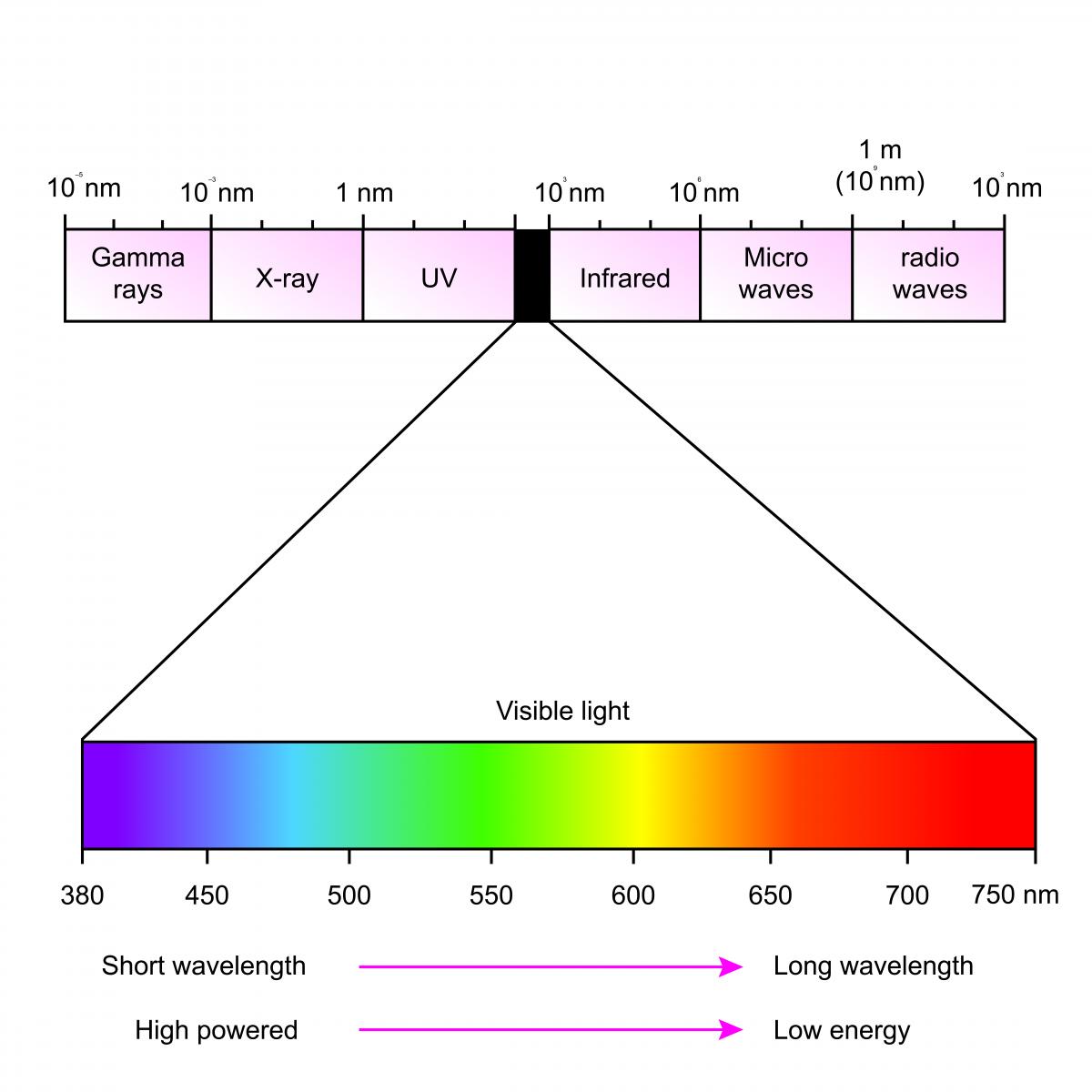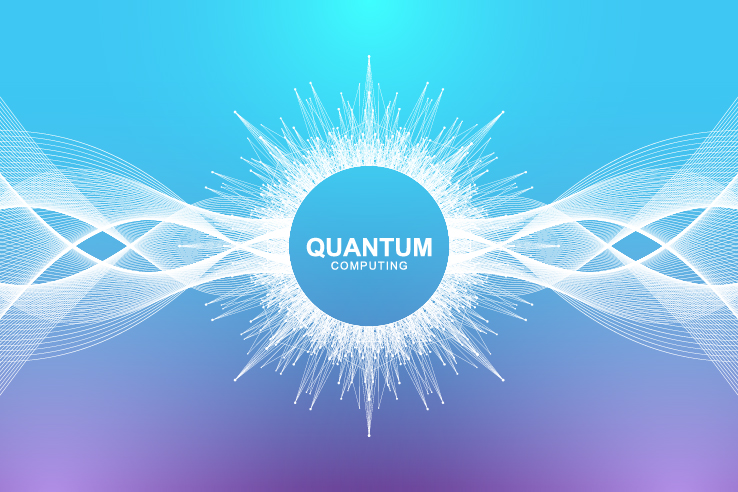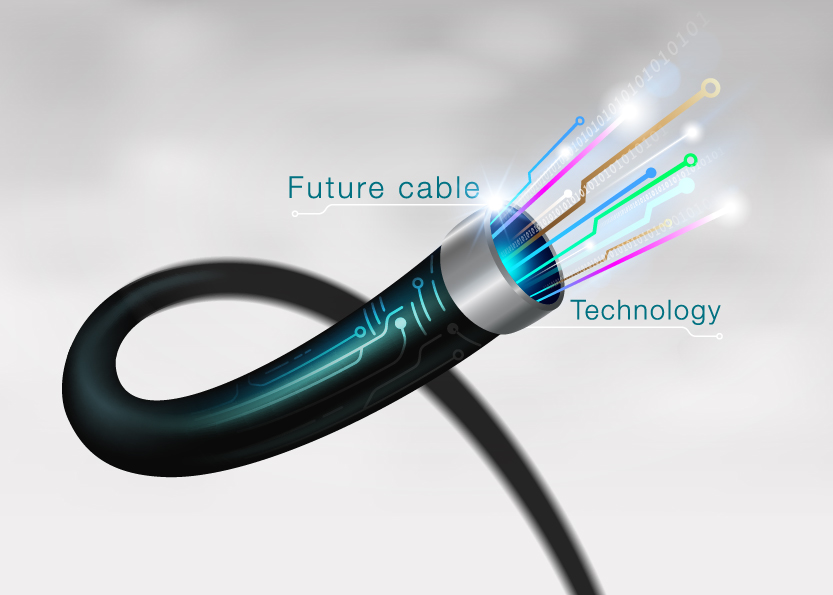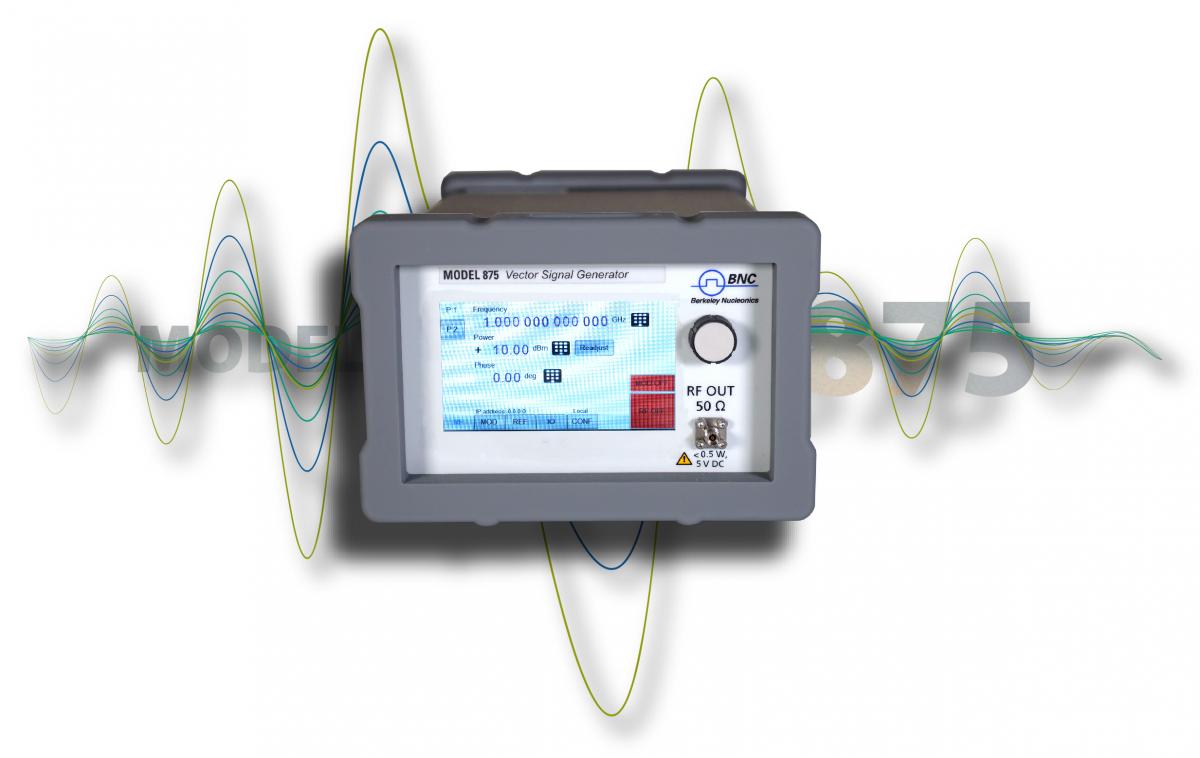November 30, 2023 - RF/Microwave-to-Optics Generation and Conversion
RF / Microwave to Optics Generation is emerging as the rising solution to the next generation of Quantum Technology. As industry and academia search for different research methods to scale quantum computers and quantum networks, many have found that Microwave-to-Optics Conversion has been the leading solution in many research papers and journals. In today’s research news, the various physical optics platforms used to obtain coherent mmWave Frequencies consist of atoms, lasers, metamaterials, and more optical methods.

The structure of numerous RF / Microwave-to-Optics Conversion systems are similar. To begin, the signal source must be produced from an RF Generator using any type of Continuous Wave (CW), Pulsed Signal, Chirp and more. Each of these Signal Generator functions are present in our Multi-Channel Vector Signal Generator Model 875, along with the other series of the Berkeley Nucleonoics’ RF & Microwave Signal Generators Series. In order to create the most effective Microwave-to-Optic Transduction, a low-phase noise RF signal generator will be required for generating optical millimeter-wave signals on the output of the optical system.

The RF Signal enters a cavity, which is equivalent to an RF Mixer, as the medium to convert from RF/Microwave Frequencies to TeraHertz (THz) Frequencies. Simultaneously, an external higher frequency source is combined into the cavity, much like that of a Local Oscillator (LO). This second Optics LO signal contains frequencies beyond that of the initial RF Signal Source to initiate the RF-to-Optics conversion. This technique is usually referred to as the frequency-division multiplexing scheme, where information is encoded in the RF Signal and modulated through the Optics LO Media. Then, the cavity produces various output signal channels over a range of optical frequencies.
Following these techniques along with multi-channel conversion and amplitude control of frequency channels, quantum technology can be elevated to another generation of technology. Solid-state qubits are key in Quantum Information Processing due to their ability to encode and manipulate quantum information with enhanced stability and coherence. This gives rise to new research fields and opportunities within Optics, Photonics, Lasers, 5G Communications, and perhaps even 6G Communications.

Fiber Optics and Photonics hold significant potential for reaching optical frequencies when utilized as the conversion medium. Photonic Integrated Circuits (PIC’s) can integrate various optical components on a single Printed Circuit Board (PCB) Chip, allowing for the implementation of complex functions for RF to-Optical signal conversion in a compact and efficient manner. Lasers also hold the same potential, ranging from microsecond to femtosecond pulsed lasers. Nonetheless, each technique would require physical optics platform such as atoms or metamaterials to create a transmission line to output a variety of different output optic signals.

In terms of 5G & 6G Telecommunication, Optical Fibers offer high bandwidth and low signal loss, making them well-suited for transmitting high-frequency microwave signals over long distances in 5G and potentially 6G networks. Synchronization is crucial in 5G / 6G networks to ensure efficient and coordinated communication between base stations. Microwave-to-optics conversion can be used in the distribution of precise timing signals over optical fiber networks, enabling synchronization across the communication architecture.
While 5G primarily focuses on enhancing classical telecommunication, 6G is expected to explore the integration of quantum communication and THz Frequency Bands. Microwave-to-Optics conversion can be used in quantum communication systems to interface with quantum devices and networks, contributing to the development of secure and efficient communication protocols. Microwave-to-Optics Generation can be adapted to handle THz signals, enabling the integration of mmWave Communication technologies into the overall communication infrastructure.

If anyone is interested in reaching new heights in Microwave-to-Optics Conversion and Generation Research & Development or Quantum Computing, then feel free to search your desired RF Source Generator on the Berkeley Nucleonic’s Website and select your specifications using our Configurator. The BNC Sales Team is committed to promptly connecting with customers, faster than any competitor in the industry. Furthermore, the BNC Engineering Team is ready to assist you with expertise in our state-of-the-art RF Signal Generator Product Line.

